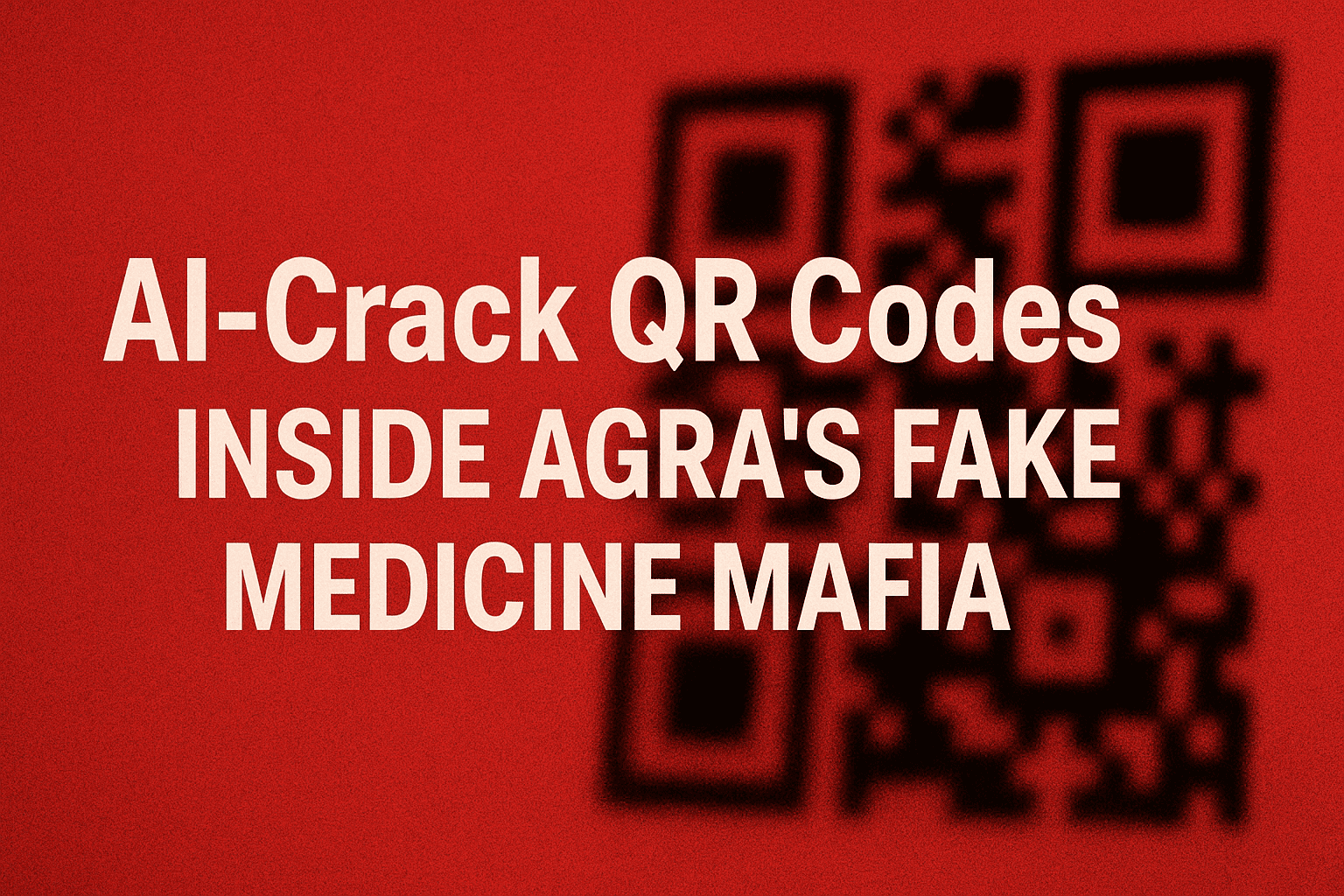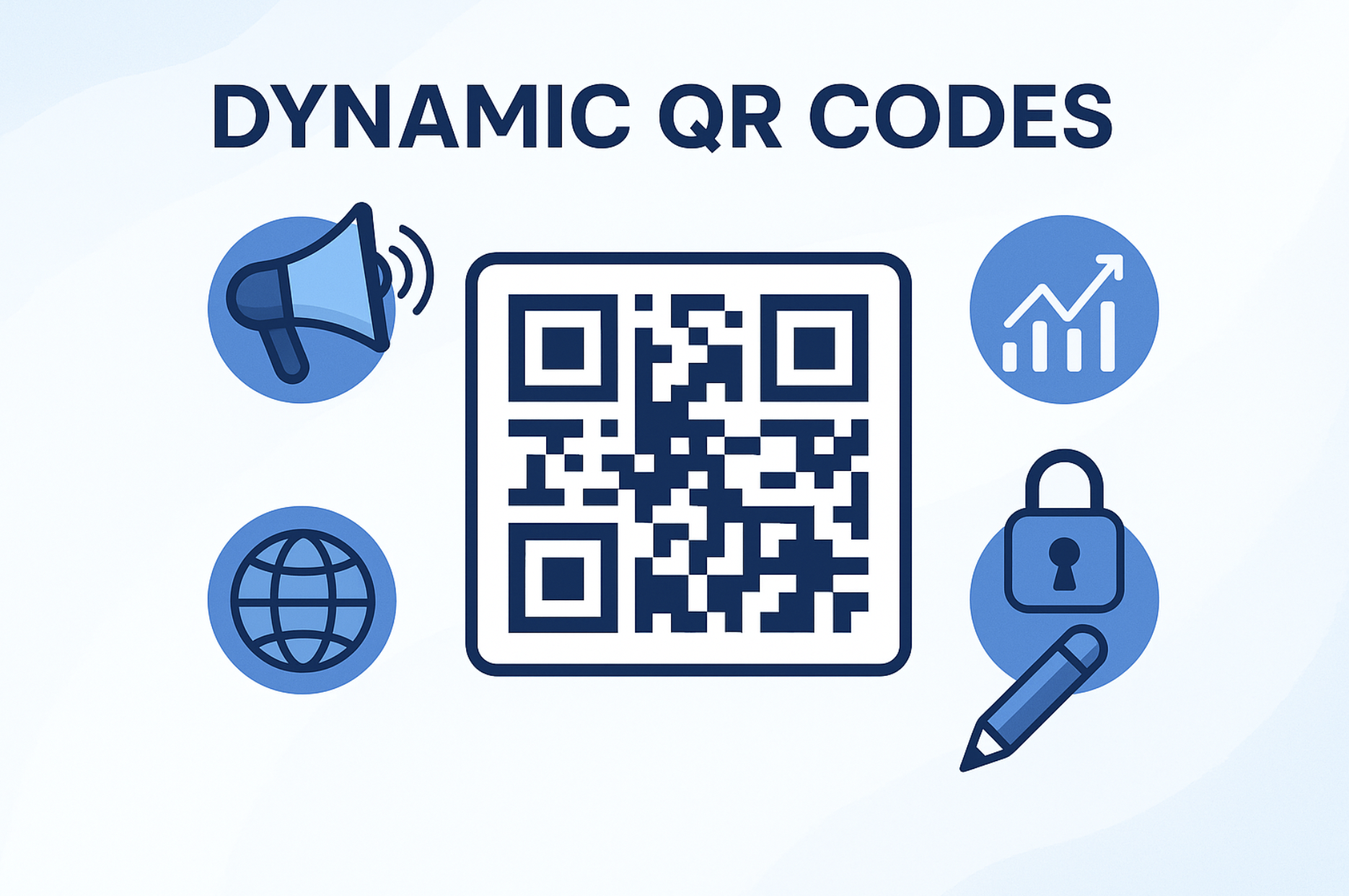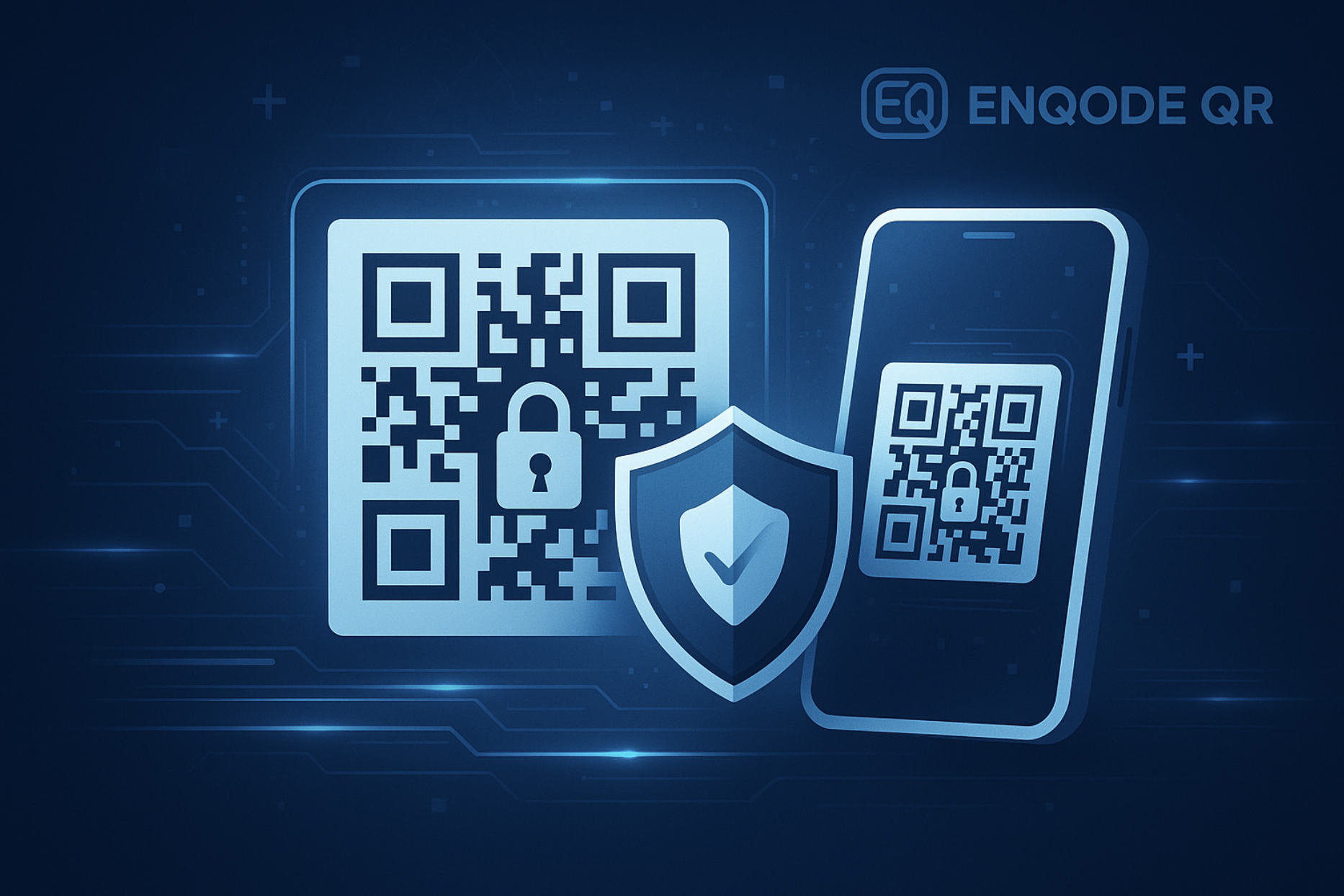Quick Summary
Agra-based counterfeit medicine syndicate exploited AI to replicate Sanofi’s QR codes across 29,000 strips—turning them into millions of rupees’ worth of fake drugs. The STF and Drug Department seized fake medicines worth ₹2.5–3 crore, arrested key players like Himanshu Agrawal, and uncovered interstate distribution networks. In response, authorities formed a Special Investigation Team (SIT), intensified raids, and are pushing for robust QR-code authentication to stop such scams.
Table of Contents
Introduction
In a brazen fraud case that underscores the vulnerability of digital safeguards, Agra’s fake medicine mafia exploited AI to replicate QR codes, enabling the mass production of counterfeit drugs. This scam not only threatens public health but also challenges the integrity of authentication systems. As enforcement agencies ramp up efforts to dismantle the syndicate, the broader implications for QR-code security and pharma regulation come into sharp focus.
AI-Powered QR Code Breach
Authorities uncovered that the syndicate used AI to crack Sanofi’s QR-code system, producing identical codes across an alarming 29,000 strips. When scanned, these provided false—but plausible—details like manufacturing and expiry dates—masking the true counterfeit nature of the drugs.
Seizures, Arrests, and Operation Overview
The STF along with the Drug Department seized fake medicines valued at ₹2.5–3 crore and arrested mastermind Himanshu Agrawal—who infamously tried to bribe officials with ₹1 crore to stall the investigation. In a dramatic twist, the STF intercepted ₹1 crore in fresh cash and counterfeit medicines during the raid.
Network Reach and Distribution Tactics
The counterfeit drugs were linked to big brands like Sun Pharma (Rosuvas) and Sanofi (Allegra) and distributed not just within Uttar Pradesh but extended to states like Nepal and Bangladesh. The racket used dummy invoices, e-way bills, and freight methods—like concealing cartons in leather compartments on trains—to evade detection.
Enforcement Response & SIT Formation
Chief Police Commissioner Deepak Kumar has formed an SIT comprising over 15 officers, working collaboratively with multiple departments to dismantle the mafia and its interstate network. In parallel, warehouses have been sealed and samples sent for forensic testing. Videos of drug burning in Yamuna’s Nagla Gadi forest area added urgency to the probe.
QR Codes—Solution or Vulnerability?
The government has mandated QR-code or barcode usage on drugs like antimicrobials, narcotics, vaccines, and psychotropics to curb fake medicine circulation. But the Agra case illustrates that QR-code authenticity alone isn’t bulletproof—especially against sophisticated AI-driven forgery techniques. The breach reveals the need for layered authentication and real-time traceability, not just static scannable codes.
Conclusion
Agra’s fake medicine saga reveals a dangerous evolution: from counterfeit pills to counterfeit digital safeguards. AI-enabled forgery of QR codes enabled large-scale deception—robbing the system of its reliability and endangering health. The successful STF crackdown is a notable win, but the incident raises urgent questions about the robustness of digital security in pharmaceuticals. Going forward, stronger, multi-level verification—augmented by regulatory tightening—will be vital in safeguarding the sanctity of our drugs.





